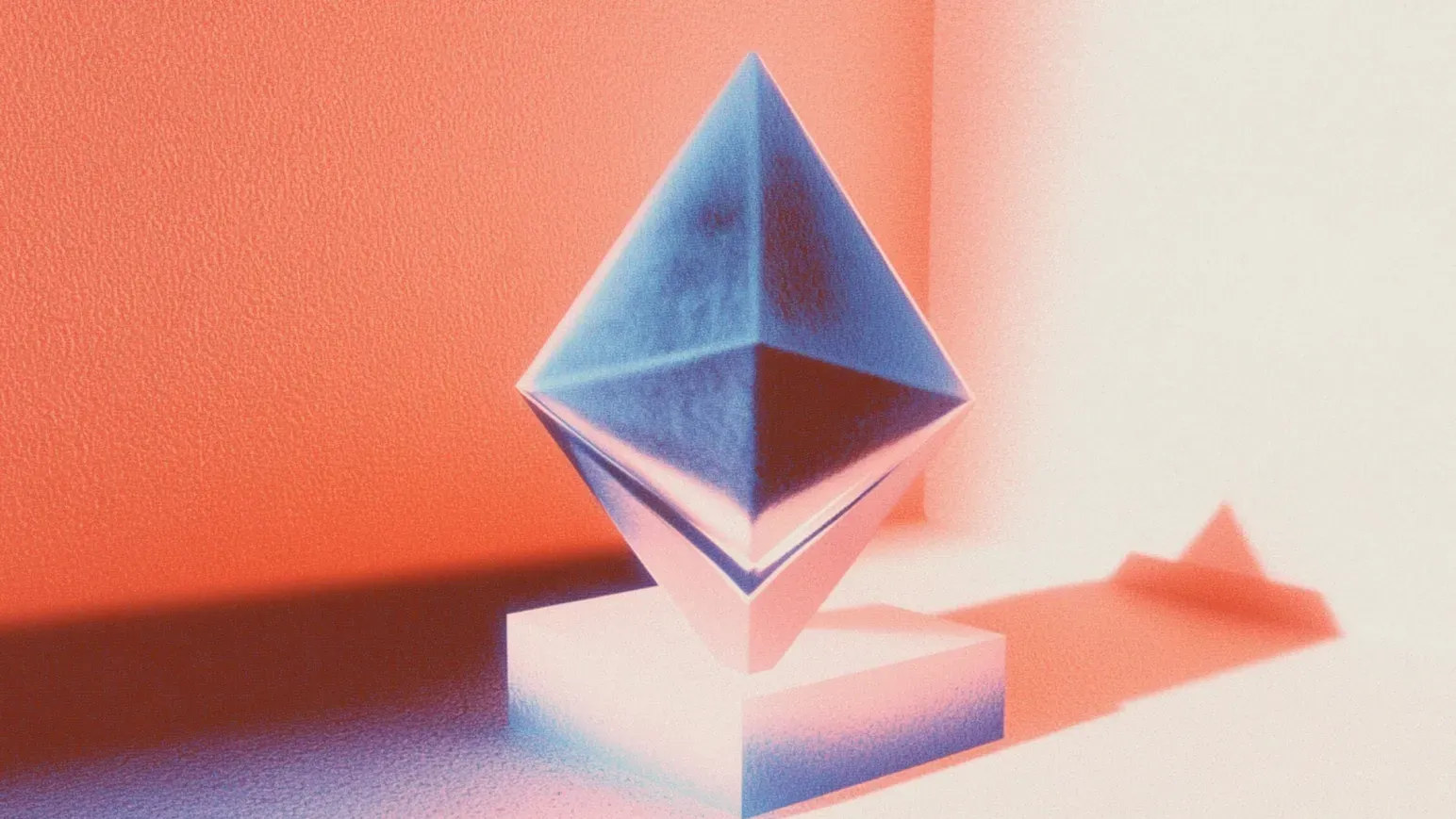Ten Years of Improving Ethereum

As Ethereum turns 10 years old, it's important to remember that what makes this community special is that we've rallied around a living, breathing machine undergoing constant transformation.
While its north star remains fixed on providing decentralized compute, the tools and mechanics behind this mission evolve through the Ethereum Improvement Proposal (EIP) system.
The EIP process is open to anyone – from developers to researchers to everyday users – who can propose upgrades for the Ethereum network. Whether technical tweaks or monumental changes in scope, these proposals work in concert to refine Ethereum into the blockchain of the future.
In this article, we break down five of the most pivotal EIPs that define the Ethereum you know today.👇
1️⃣ EIP-20: Token Standard
First proposed as a universal token standard by Fabian Vogelsteller and Vitalik Buterin in 2015, EIP-20 prescribed the mandatory functions and events a token must implement to achieve ERC-20 compliance.
This upgrade was adopted in 2017 and streamlined the integration of tokens within Ethereum applications and services. It directly catalyzed the ICO craze by allowing deployers to easily raise funds through standardized token formats with network-wide compatibility.
For developers, ERC-20 streamlined the process of creating new tokens while providing immense flexibility in their design, and for users, the upgrade made it easier to interact with a wide variety of tokens, regardless of their specific purpose or implementation.
Ethereum's ERC-20 token standard has been formalized as an EIP! 🍾https://t.co/58TXuP88ih pic.twitter.com/XJnySmg8C1
— Hudson Jameson (@hudsonjameson) September 11, 2017
2️⃣ EIP-1559: Fee Markets
In 2018, Vitalik Buterin authored the “Blockchain Resource Pricing” paper, in which he advocated for treating blockchain computation as an economically priced utility, where fees should reflect actual costs to prevent network abuse.
The result of his thought piece on the matter was EIP-1559, an upgrade that separated Ethereum’s fee market into two dynamically priced components and was formally adopted in August 2021 as part of the London hard fork.
Under the EIP-1559 regime, a variable “base” gas fee that positively correlates with computation demand must be paid to complete all transactions. Meanwhile, an optional “tip” is paid to incentivize validators to include transactions in their block. The former component is burned into oblivion and the latter is retained by the validator that produced the given block.
EIP-1559 changes how users buy transactions on the Ethereum Network.
— Bankless (@BanklessHQ) March 29, 2021
The implications of the proposal are massive:
-Incentivize Deflation
-Mitigate MEV
-Improve User Experience@hasufl breaks it all down for us here 👇https://t.co/9nU5viRw9J pic.twitter.com/orHBBuGz1o
3️⃣ EIP-3675: Proof-of-Stake
Perhaps the most hyped upgrade of all time, EIP-3675 (more commonly referred to as “The Merge”) replaced Ethereum’s proof-of-work consensus mechanism with proof-of-stake, fundamentally altering the block production process by switching from energy-intensive mining to staking-based validation.
The Merge finalized ETH’s transformation into a productive asset, reduced Ethereum’s energy consumption by 99.5%, and put an end to the “beacon chain reward” subsidies used to incentivize validator staking prior to the PoS transition.
The Merge will:
— pseudo 🇺🇦 (@pseudotheos) March 21, 2022
Drop Ethereum's energy usage by ~99.95%
Drop Ethereum's issuance from ~5.4M ETH/yr to ~0.5M ETH/yr
Provide ~5-15% APR on staked ETH (as TX fees will go to stakers)
The Merge will not lower transaction fees. L2s and EIP-4844 will take care of that. pic.twitter.com/8cwslEQtgM
4️⃣ EIP-4844: L2 Blobs
In the pursuit of scale, the Ethereum network built L2s, secondary blockchains that post transaction data to Ethereum while enhancing throughput and decreasing fees. These L2 blockchains have always provided greatly reduced transaction costs compared to the Ethereum L1, but their initial fee levels – which amounted to tens of pennies per transaction – were considered too high to achieve mass adoption.
EIP-4844 introduced a new type of temporary L1 storage space, called “blobs,” with separate fee markets from “call data,” the standard Ethereum storage space for L1 transactions that retains data indefinitely.
The Dencun hard fork brought blobs to Ethereum mainnet in March 2024. Since they’ve arrived, L2 transaction costs have fallen to fractions of pennies and a vast majority of Ethereum transaction activity has migrated to L2s.
How has EIP-4844 impacted L2 costs?
— Kofi 🟦 (@0xKofi) June 12, 2024
1/ As the table below shows, most L2s experienced a 90%+ reduction in their L1 costs after adopting EIP-4844 blobs
L1 costs = Gas and Blob Fees for batch posting transactions + Gas Fees for proof verification transactions pic.twitter.com/3jNuNQyBFJ
5️⃣ EIP-3074: Wallet UX
Merged to mainnet in Ethereum’s May 2025 Pectra hard fork, EIP-3074 overhauled wallet functionality by providing standard externally owned accounts (EOA) with smart contract-like capabilities.
EIP-3074 enables EOA wallets to sign transactions that authorize “invoker contracts” to act on their behalf; this enables one-click approvals, gasless transactions, and social recovery schemes that simplify the onchain experience (particularly for less crypto-native users).
While concerns remain that EIP-3074 increases the attack surface for wallets by allowing malicious actors to drain wallets with a single transaction, others contend that the upgrade abstracts away the complexities associated with EOAs and makes blockchain wallets better suited for mainstream adoption.
EIP-3074 is coming in the next Ethereum hard fork.
— Georgios Konstantopoulos (@gakonst) April 11, 2024
This is a big deal. Wallet UX will 10x.
Congratulations to Ethereum and the EIP-3074 sponsors.
Reth has already implemented and tested it. We are fans.
Let's go. https://t.co/lUiK2kb3UT